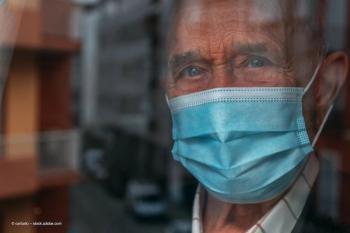
Vitrectomy outcomes are affected by retinoschisis in myopic macular holes
Vitrectomy used to treat highly myopic macula holes (HMMHs) is negatively affected by retinoschisis.
Vitrectomy used to treat highly myopic macula holes (HMMHs) is negatively affected by retinoschisis, claims a study in the British Journal of Ophthalmology.
Dr Yasushi Ikuno et al., Department of Ophthalmology, Osaka University Medical School, Yamadaoka, Japan, performed a retrospective cross-sectional study on 22 eyes with HMMHs that underwent vitrectomy.
All eyes were split into two groups. Ten eyes were identified with retinoschisis and 12 did not have retinoschisis. Posterior staphyloma height was measured by optical coherence tomography (OCT). The surgical outcomes were postoperative final best-corrected visual acuity (BCVA) and reoperation rate.
Postoperative BCVA was strongly linked to presence or absence of retinoschisis and preoperative BCVA. The schisis group presented with a worse visual acuity and a greater posterior staphyloma height than the non-schisis group.
Highly myopic eyes presented with two types of macula holes with significantly different prognosis. The investigation suggests the careful interpretation of preoperative OCT images to identify accurate surgical results.
Newsletter
Get the essential updates shaping the future of pharma manufacturing and compliance—subscribe today to Pharmaceutical Technology and never miss a breakthrough.







































